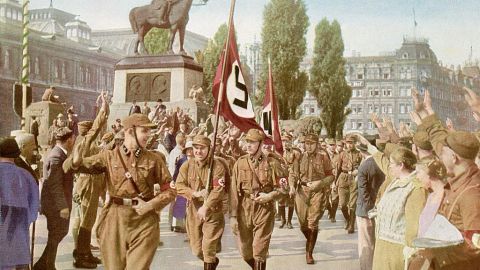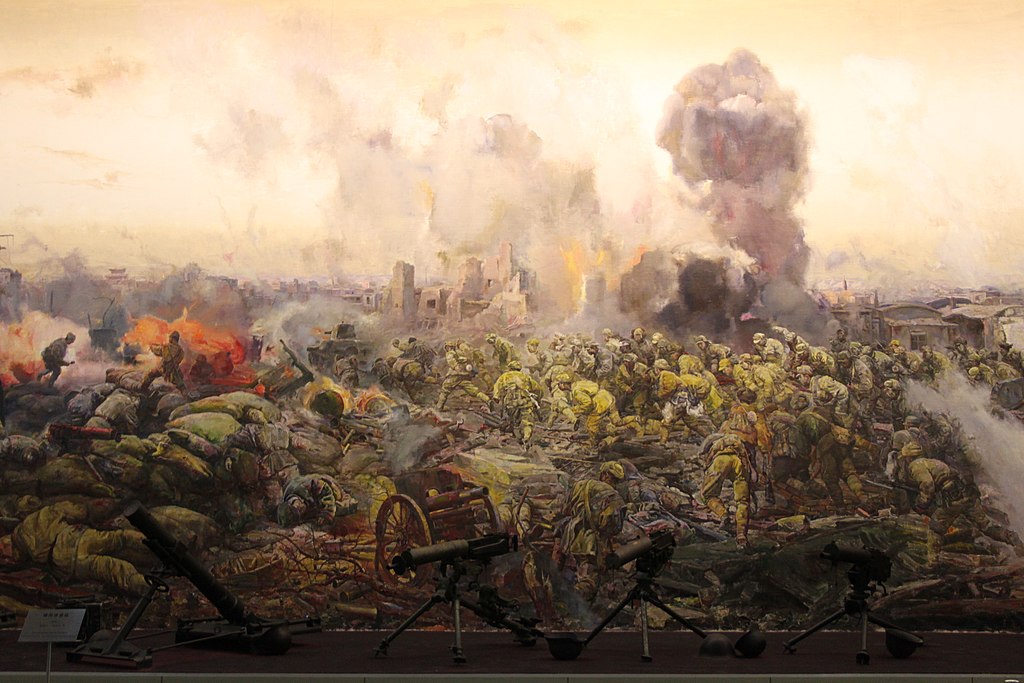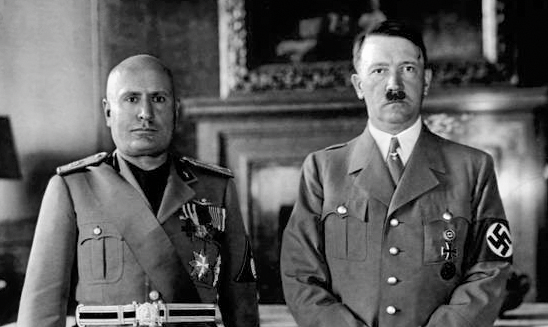What Fascism Really Is — And What It Isn’t

It seems everyone is a fascist these days. Doesn’t matter who, doesn’t matter why, they are fascists. We have all been stuck speaking with the self-proclaimed constitutional expert who finds everyone who disagrees with them to be worthy of the name. I have personally been called a fascist numerous times for holding political positions opposite that of the person accusing me.
Of course, lots of people really were fascists once; and they killed millions. The constant use of the term in our political discourse as a pejorative does those people a disservice. It is also detrimental to we the living. You’ve heard of the boy who cried wolf, imagine the fate of the boy who cried “Fascism”.
There reallyare fascists inthe world today, in the interests of being able to identify them and properly draw attention to them we had best limit our use of the term to those persons. But what is fascism? What does it mean? What do its followers believe?
In his work “Fascism” British political theorist Roger Griffin declares fascism to be “a palingenetic form of populist ultra nationalism”. “Palingenetic” meaning rebirth, in fascism there is a dedication to the idea of “national rebirth” along with the more typical populist and ultra-nationalist tendencies.
He goes on to state that without this element of rebirth or rejuvenation a movement is not fascism, but rather a look alike. Of all the right wing authoritarian movements he examines in his book only two make the club of “real” fascisms, Italian Fascism and German Nazism. The rest, from Vargas and Perón in South America to Franco in Spain and Tojo in Japan, fail the key test.
He then goes on to list ten features of “generic” fascism. They are:
-
Fascism is Anti-Liberal: Fascists oppose pluralism, tolerance, individualism, democracy, the idea of natural rights, and the like. While fascist movements have often used democratic means to achieve power this does not deny their anti-democratic ends. Fascists view liberalism as a decedent and failed ideology.
-
Fascism is Anti-Conservative: The key element of Fascism is that it seeks a “national rebirth” or “new order”, this may make reference to a glorious past but doesn’t call for a to return to it. They reject conservative status quo politics.
-
Fascism Tends to Operate as a Charismatic Form of Politics: Fascism tends to rely on personality cults, mass movements, and appeals to collective emotions over reason.
-
Fascism is Anti-Rational: Fascists do not view man’s capacity to reason as the key human ability, but rather the capacity to be driven to heroic action by means of belief, myth, symbols, and the like.
-
Fascist ‘Socialism’: Fascists claim that their movement offers the end of class conflict in society along with adequate reward for the productive members of the nation. Fascists reject Marxism and international socialism, but do favor a strong state role in the economy. Syndicalism and Corporatism are strong elements in fascist economics. Self described socialists are noted haters of fascism in all forms. For their part, Fascists in Italy banned trade unions; the Nazis sent social democrats to concentration camps.
-
Fascism’s Link to Totalitarianism: A fascist utopia would see the state as all powerful, and the population as homogeneous and well regimented to the ends of the state. The machinery required to ensure ideological and behavioral uniformity in that state would be Orwellian in scale. Mussolini put it frankly when he said: “All within the state, nothing outside the state, nothing against the state”
-
Heterogeneous Social Support: In theory, fascism has no bias in support by class. In principle fascism should appeal to all classes equally. Both Italian Fascism and German Nazism made strong rhetorical gestures to all classes. The same could be said of support by gender, though the tendency to emphasize militarism and physical courage could be considered an appeal to chauvinism.
-
Fascist Racism: Griffin says,“By its nature fascism is racist, since all ultra nationalisms are racist in their celebration of the alleged virtues and greatness of an organically conceived nation or culture”. In the same way, fascism opposes the “liberal vision of the multicultural, multi-religious, multiracial society”.
-
Fascist Internationalism: While focused on issues relevant to its nation, fascism is perfectly capable of supporting and finding solidarity with fascist movements in other nations. Especially when facing common enemies. The Axis Powers are a clear example of this.
-
Fascist Eclecticism: The concepts that make up Fascism are various, and historically ideas have been taken from both the far right (illiberalism, racism) and the far left (syndicalism). This was considered a strength by fascist leaders and these nearly contradictory ideas are always united by their relation to the concept of national rebirth.
It of course must be said that one or two of these traits in a movement does not immediately designate such a movement as “fascist”. After all, the Nazis went to great links to improve health by fighting smoking, and we would hardly consider basic anti-smoking campaigns to be fascist. In the same way, being able to combine ideas from the left and the right is not always “Fascist Eclecticism”, and the ability to appeal to all groups in a society is not inherently fascist demagoguery.
The term “fascist” is difficult to define, as so few people have claimed it since 1945. However, it’s overuse in conversation was noted even then by George Orwell who said:
“It will be seen that, as used, the word ‘Fascism’ is almost entirely meaningless. In conversation, of course, it is used even more wildly than in print. I have heard it applied to farmers, shopkeepers, Social Credit, corporal punishment, fox-hunting, bull-fighting, the 1922 Committee, the 1941 Committee, Kipling, Gandhi, Chiang Kai-Shek, homosexuality, Priestley’s broadcasts, Youth Hostels, astrology, women, dogs and I do not know what else.”
An understanding of what fascism is, as is offered to us by Dr. Griffin’s definition, can help us preserve our democracy. It will also be, undoubtedly, of great use when you are forced into a discussion with somebody who tosses around the word “fascism” loosely when they want to win an argument.
—





